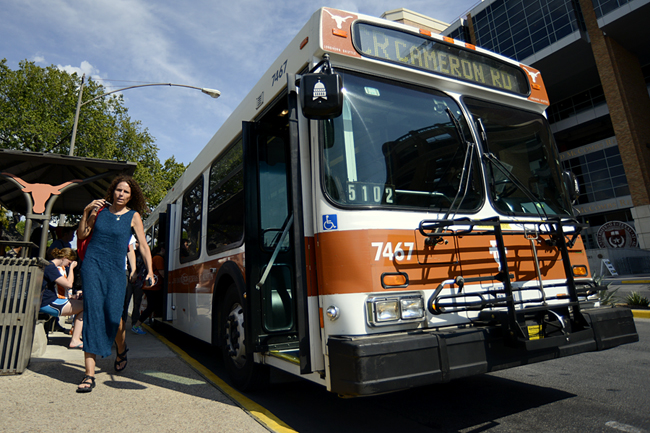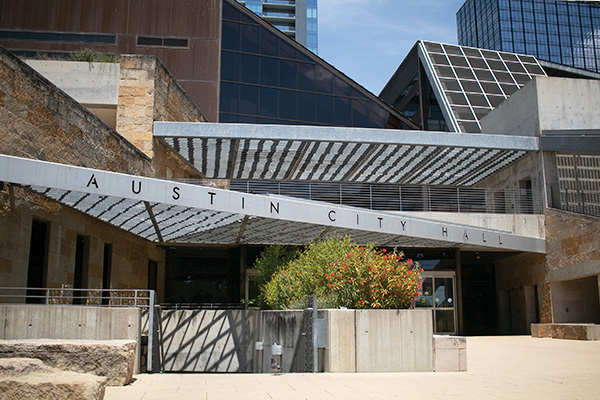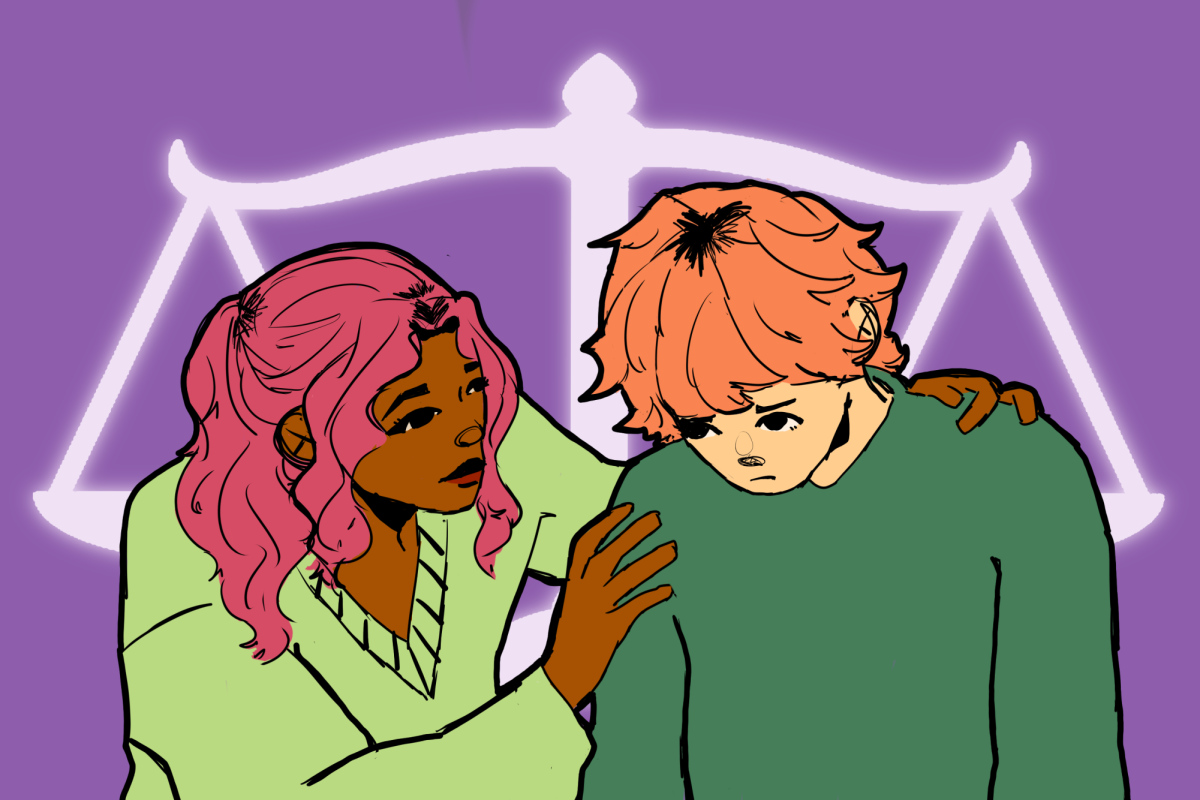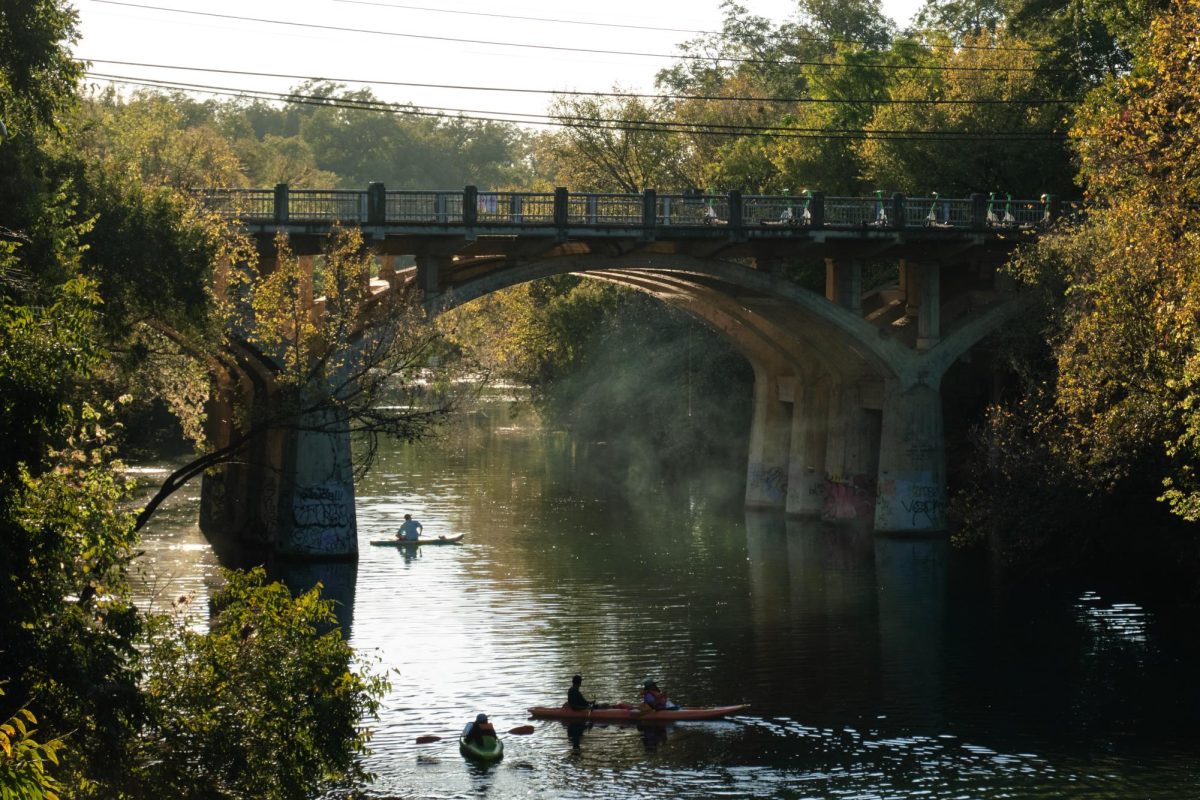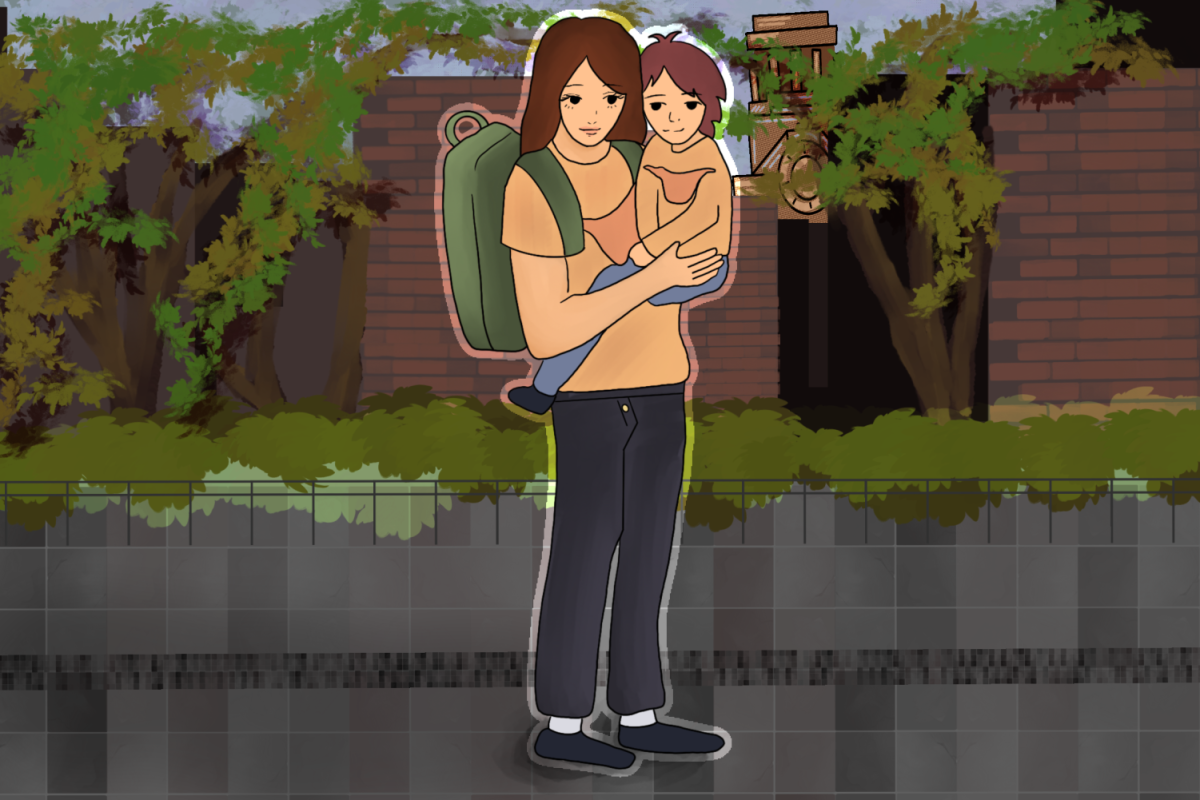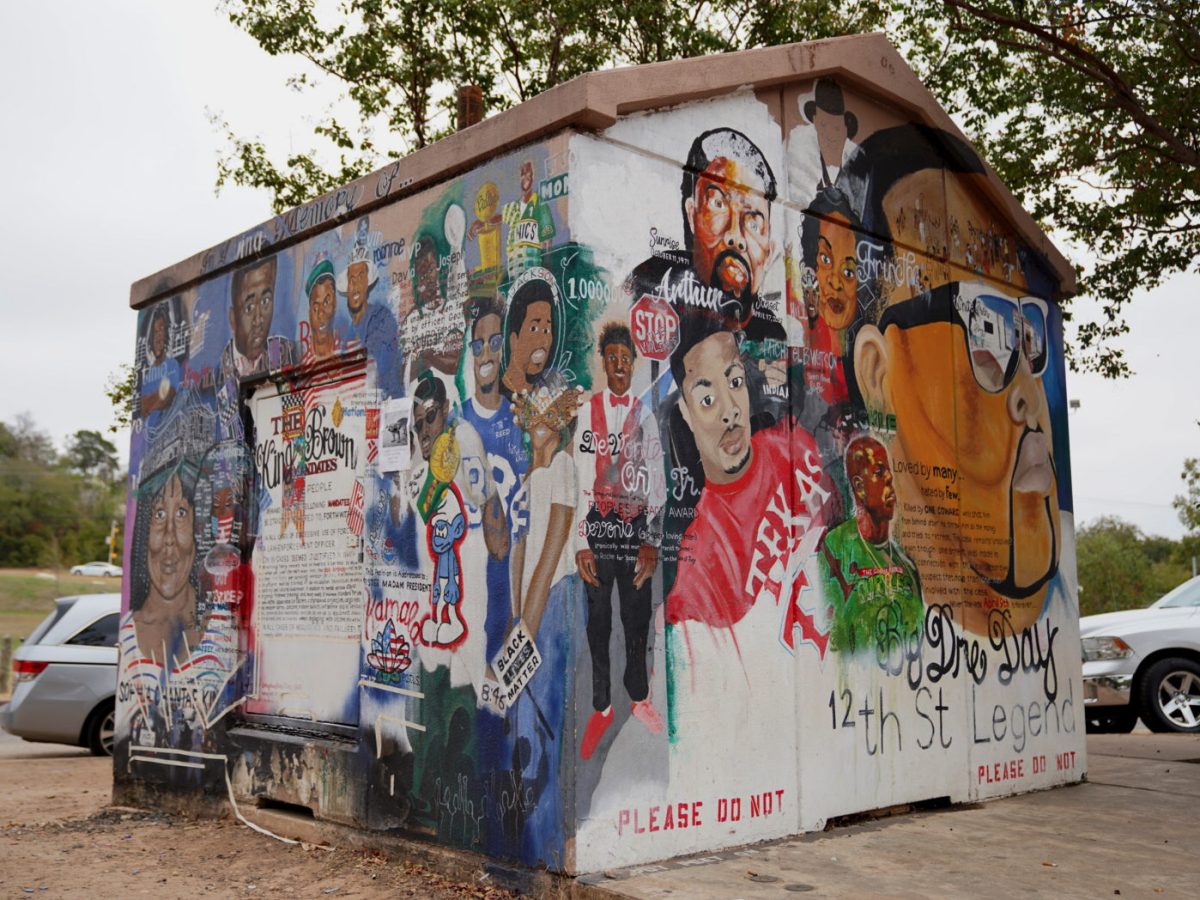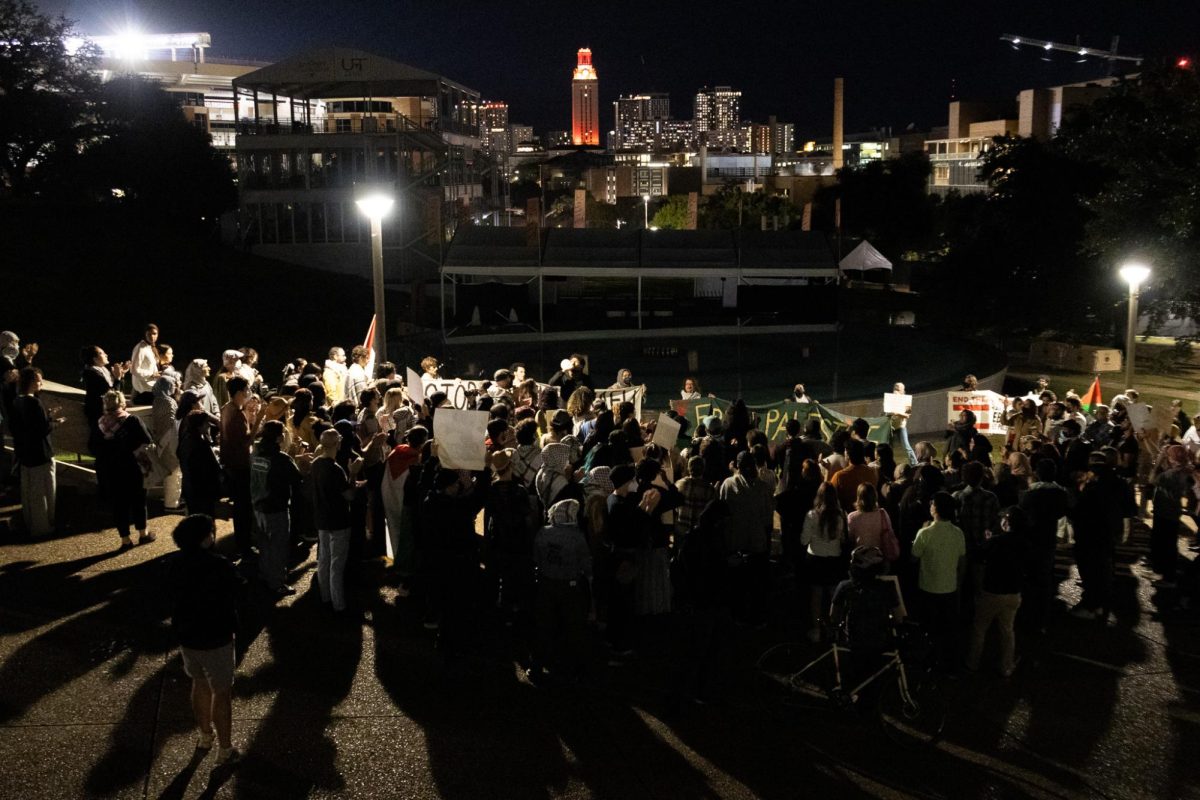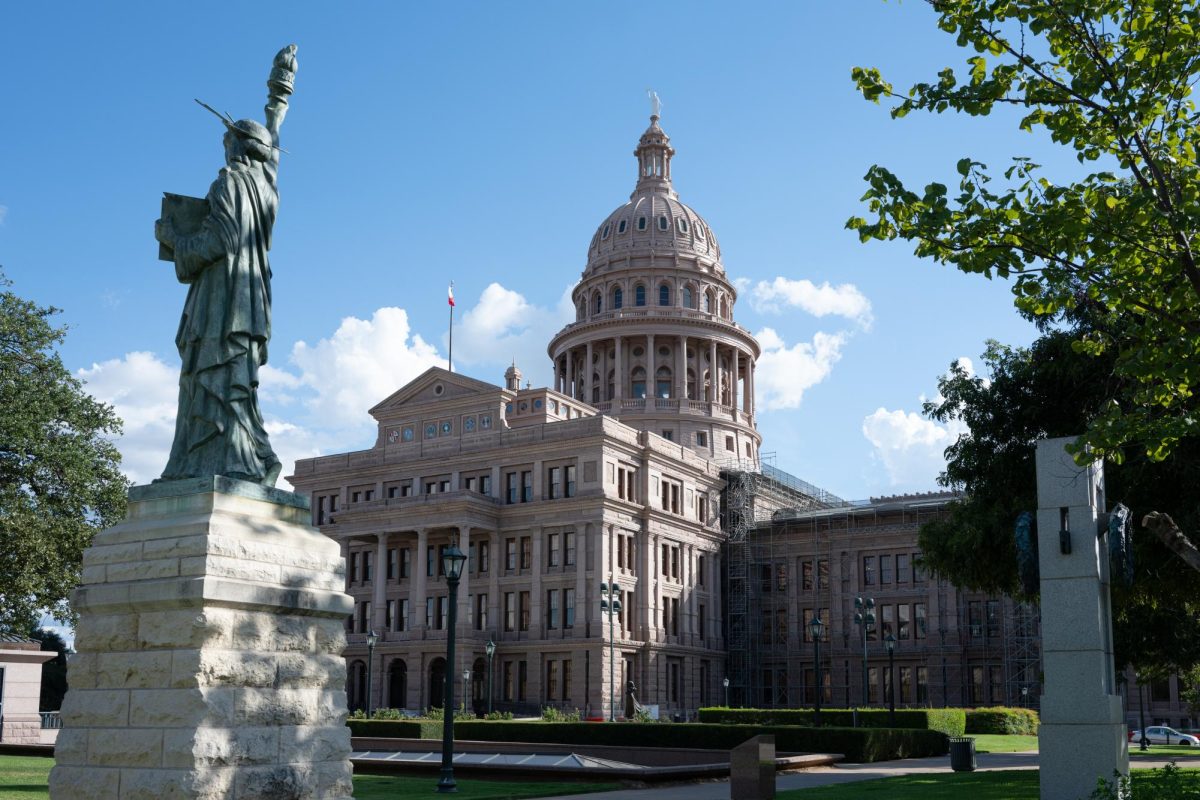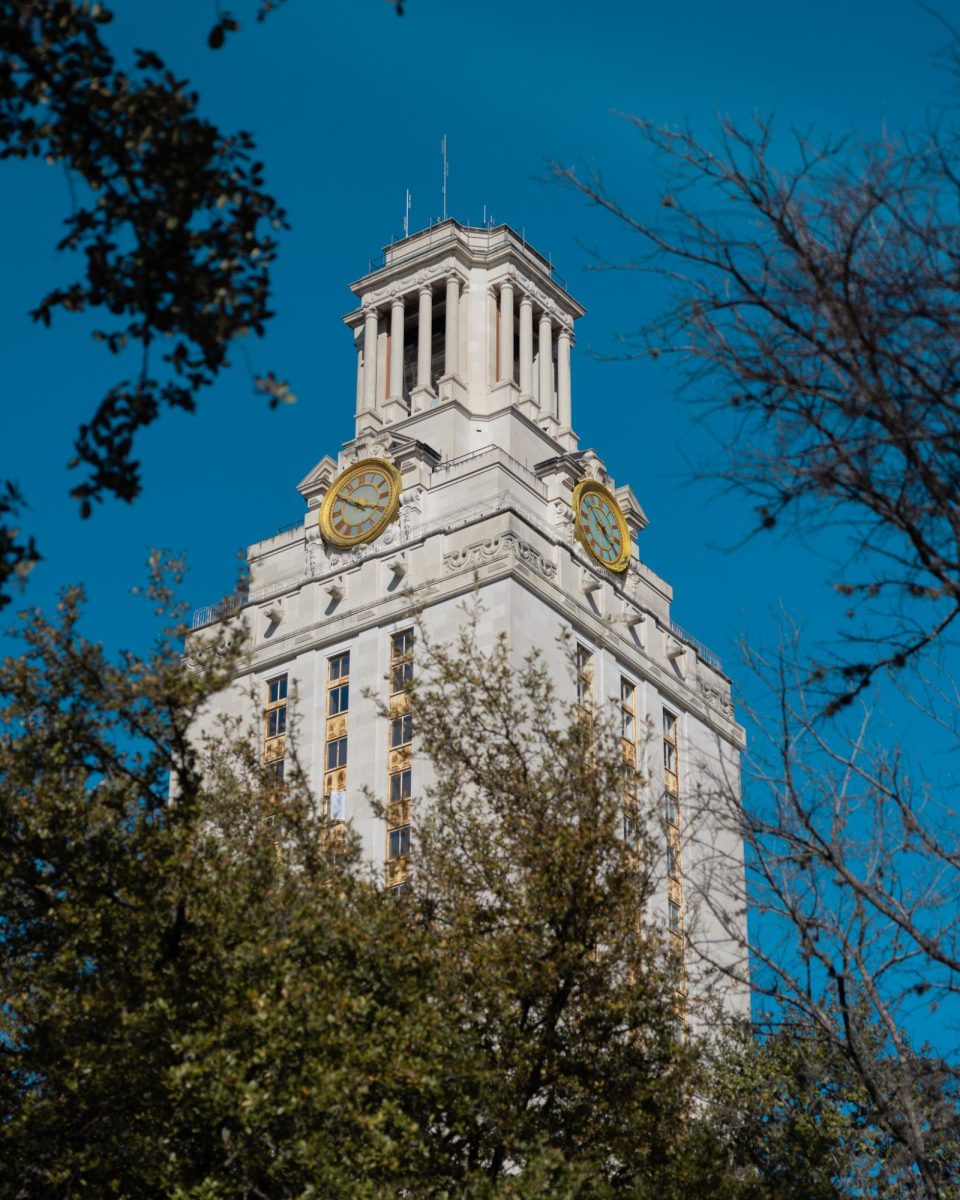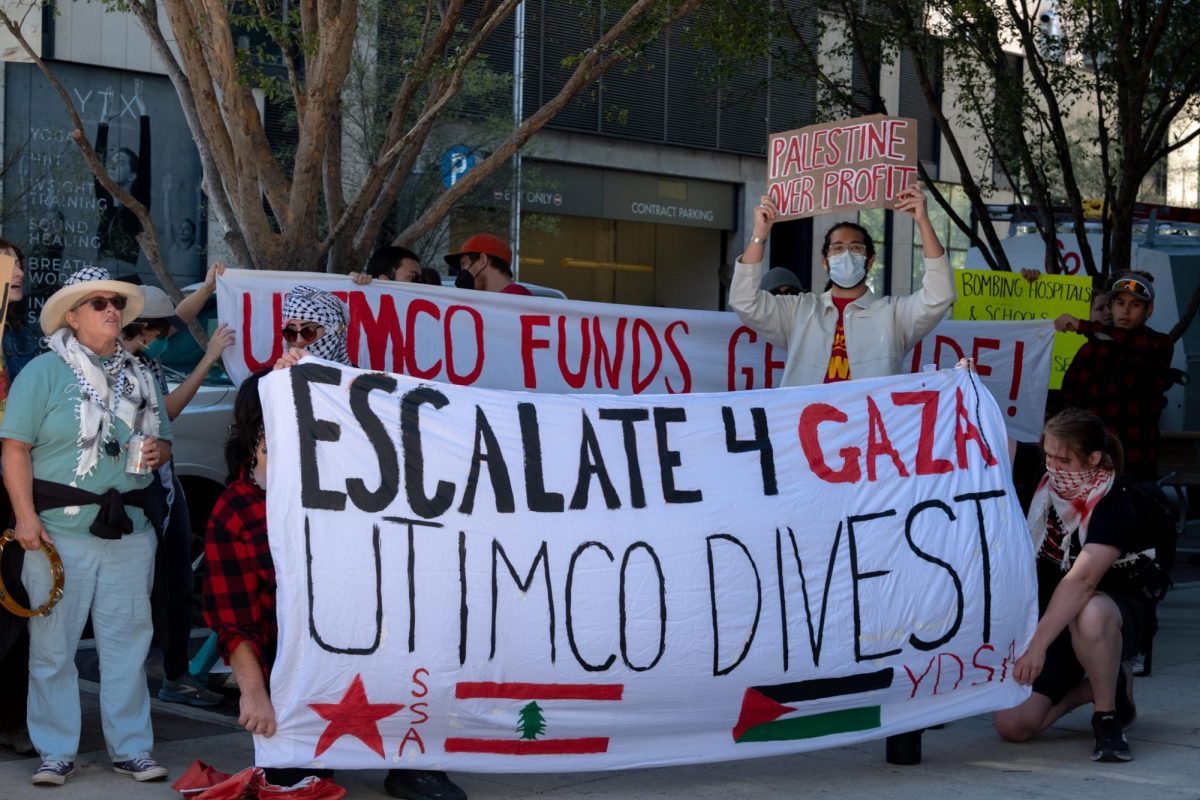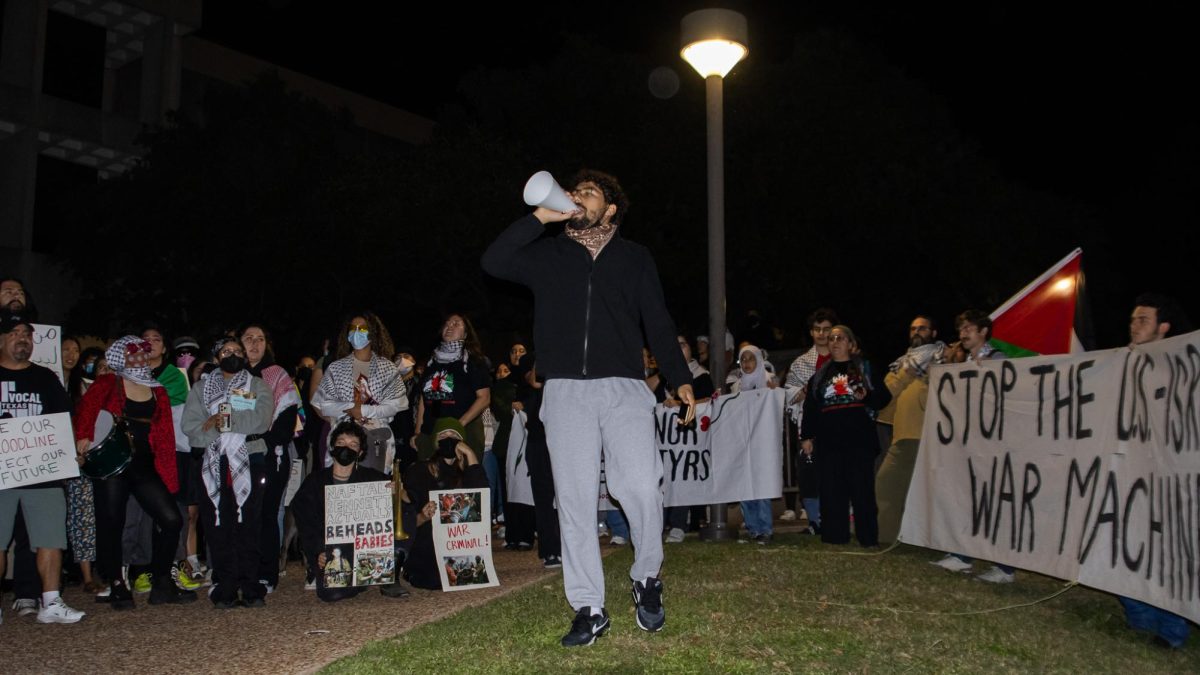Students who ride UT shuttles to campus will need to find alternate methods to commute to class starting in the spring.
The Capital Metro board of directors voted unanimously at a meeting Monday to eliminate the Wickersham Lane shuttle route and decrease the coverage of the Cameron Road shuttle route beginning in spring 2014.
The Cameron Road route will only serve students in the Camino La Costa area north of campus — where many graduate students live — until the end of the spring semester, when the route will be eliminated completely.
Pat Clubb, vice president for university operations, said the University tries to support routes that carry the largest number of students.
The University pays more than $6 million to CapMetro for bus and shuttle service, CapMetro spokeswoman Melissa Ayala said. The University’s funding to CapMetro remains flat even though CapMetro would have required the University to increase shuttle funding because of rising transportation costs to keep all current routes.
“As choices are made, if a route has a low ridership, then it becomes a candidate for elimination since those dollars can support a route with much greater ridership,” Clubb said.
Many graduate students who live far from campus ride the shuttle twice a day, while many students who live in West Campus ride the shuttle multiple times per day, so the graduate students are underrepresented, sociology graduate student Chelsea Smith said.
“We’re paying the same amount as everybody else, but we’re [counted] as less,” Smith said.
Smith said CapMetro should count how many people ride the bus in addition to the number of rides the bus provides.
“We all pay these fees, and the numbers on ridership that CapMetro and [Parking and Transportation Services] are using refer to rides as opposed to riders,” Smith said.
David Villarreal, Graduate Student Assembly communications director, said he thinks the ridership data CapMetro used for this decision may be incorrect.
“Supposedly, every time a student enters the bus from either the front or the rear, they pass through lasers that count them,” Villarreal said. “However, if you go to any UT shuttle, you will see that the reflectors are only on the front door and not the rear exit. This is important because many students enter and exit through the rear doors without ever being counted.”
Columbia Mishra, Graduate Student Assembly president, said she thinks CapMetro and UT should have given students more time to become informed on the issue instead of discussing it in the summer when a majority of students were not at school. CapMetro held seven public meetings in early September and held a public hearing on Sept. 16.
Mishra said transportation services should hold these types of public forums on campus because it is inconvenient for students to go to the CapMetro headquarters to voice their opinions.
Smith said the route cancellations will hurt graduate and low-income students who live far from campus because they will be forced to move to areas along shuttle routes, and these areas will have inflated housing prices.
“[This will] have implications for overall housing costs in all of Austin,” Smith said. “If people are forced to move into specific areas that are catered to by shuttles, that is going to increase housing costs in those areas.”
Biology senior April Shultz said she is worried about the CapMetro mainline buses becoming more crowded.
“[The 7 and 37 buses] are going to be really, really crowded now, more than they were before,” Shultz said. “It’s just not really a good decision all around for the community, for this area, for the students that live here and for the other residents.”

